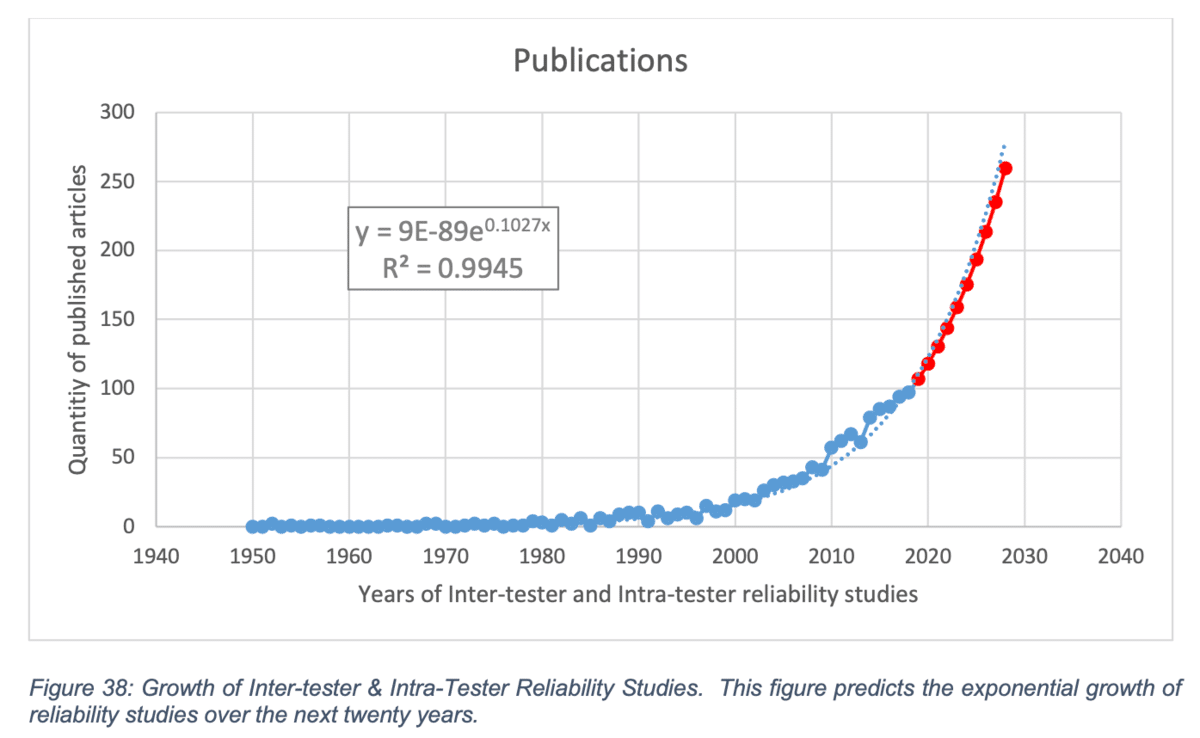Since 2016, the Centers for Disease Control and Prevention (CDC) and European guidelines have recommended manual therapy as first- line treatment for MSK ill-health. Manual therapy is an approach where Practitioners of Manual Therapy (PoMT) use hands-on data acquisition and analysis (HODA-A) as a measurement instrument for research, diagnosis, prognosis, and a tool for treatment. Yet manual therapy techniques fail all reliability studies, therefore without proof that hands-on is a valid and reliable method of data collection, this very much limits the conclusions that can be drawn from using the hands in MSK healthcare.
The subject matter of whether HODA-A is valid and reliable often becomes an area of contention between MSK professionals (Pettman, 2007; Schiotz & Cyriax, 1974), dividing those who are ‘for’ and those who are ‘against’ using HODA-A to inform MSK healthcare (Lewit, 2010; Pettman, 2007; Reverby, 1987). This review will consider HODA-A used by multiple disciplines in MSK health to gain insights from target populations with a specific purpose, i.e., Performance Based Outcome Measurements (PerBOMs) e.g., marker placement for three-dimensional motion capture (Van Sint Jan & Della Croce, 2005); Clinician Reported Outcome Measurements (ClinROMs) e.g., normal and abnormal position, motion, tissue tone and sensitivity, and symmetry (Streiner, 2003); Patient Reported Outcome Measurements (PROMs) e.g., pain provocation tests (Arab et al., 2009).






0 responses on "STUDY 11"